Nvidia GeForce RTX 3090 review: Caught between two worlds
This beast of a card is neither fish nor fowl
-
+
Fastest consumer GPU we’ve seen
-
+
SLI compatibility
-
+
Twin HMDI ports
-
-
Extremely expensive
-
-
Limited performance improvement over RTX 3080
-
-
Mediocre scientific and engineering performance

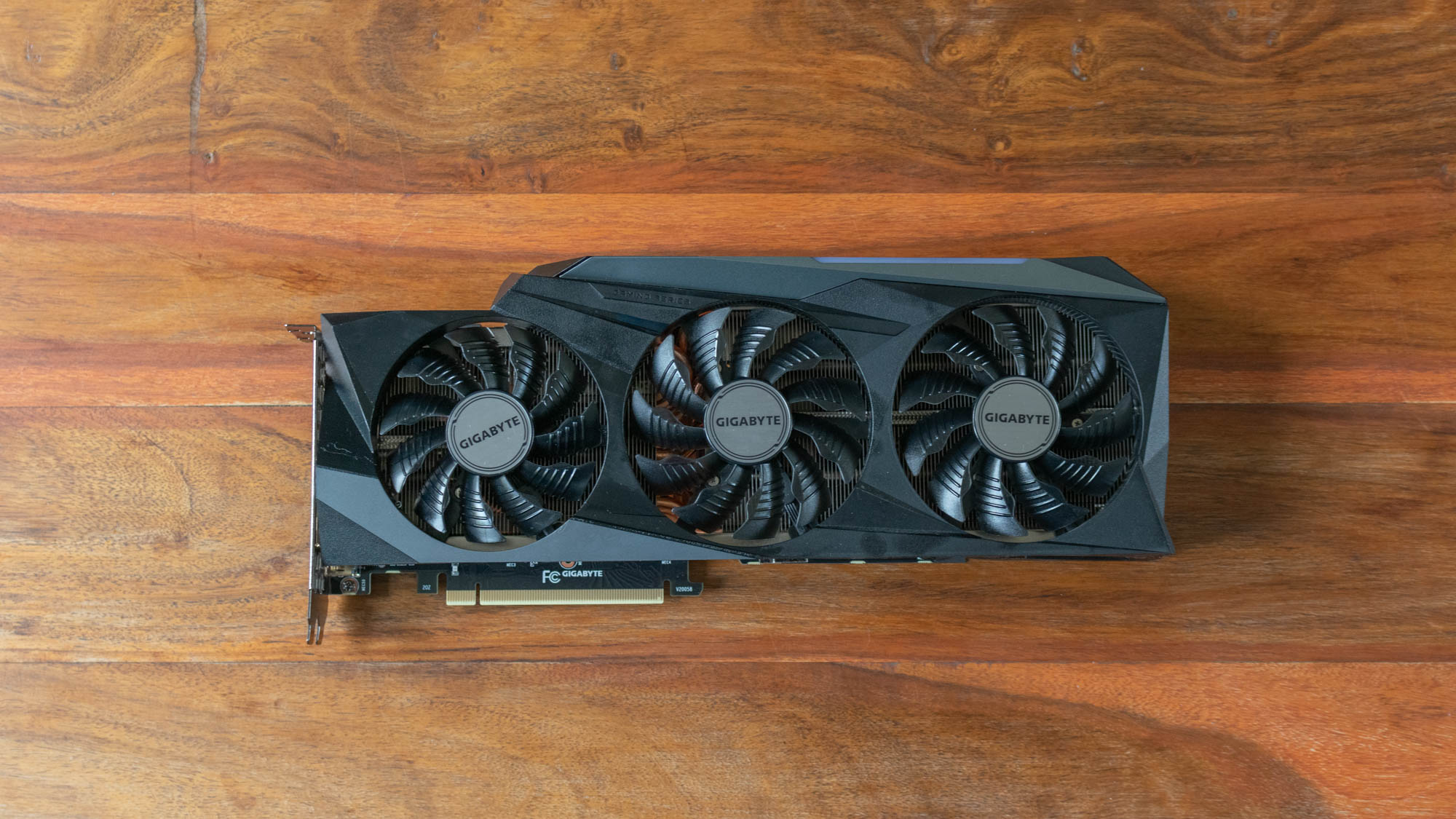
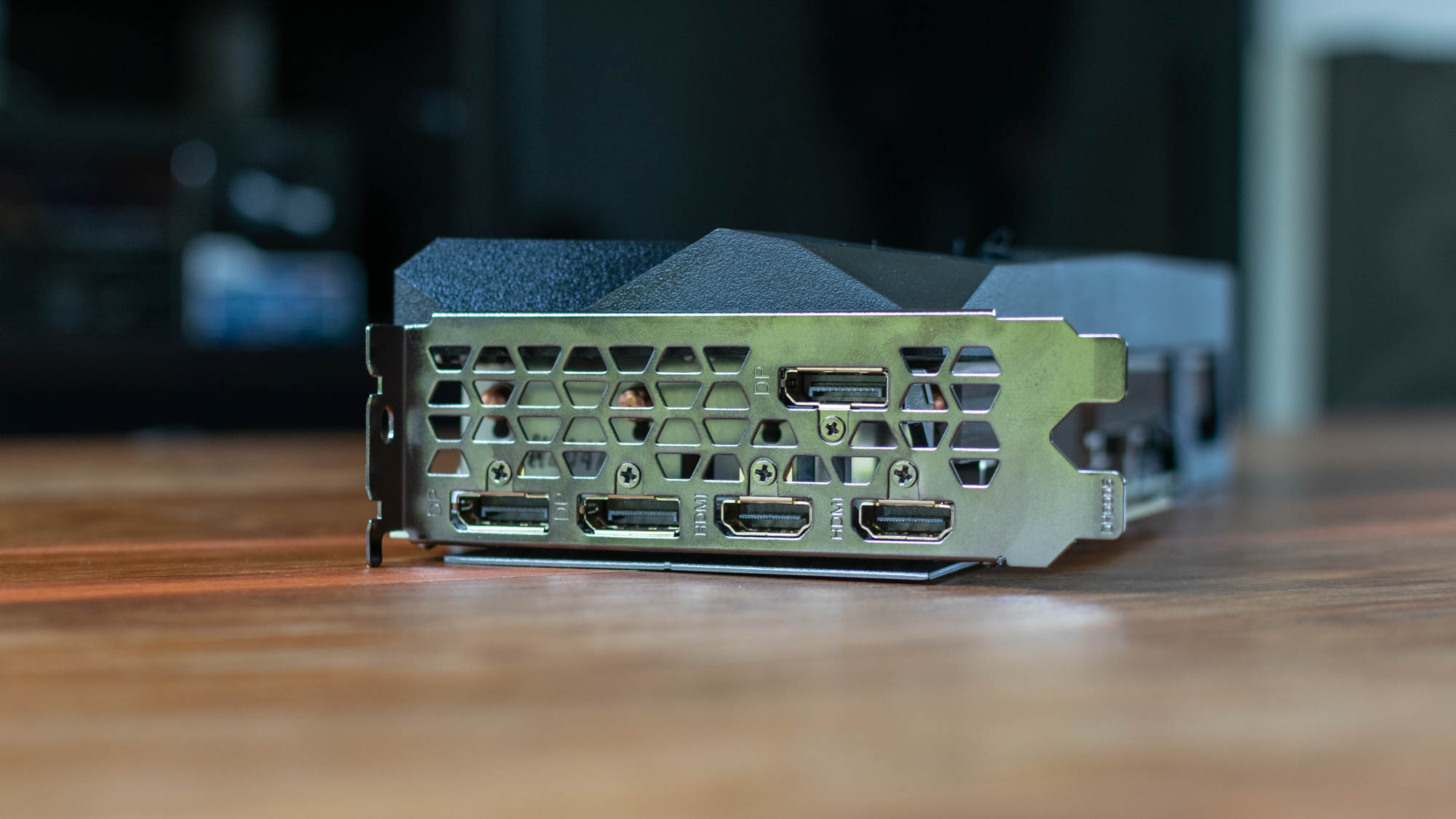
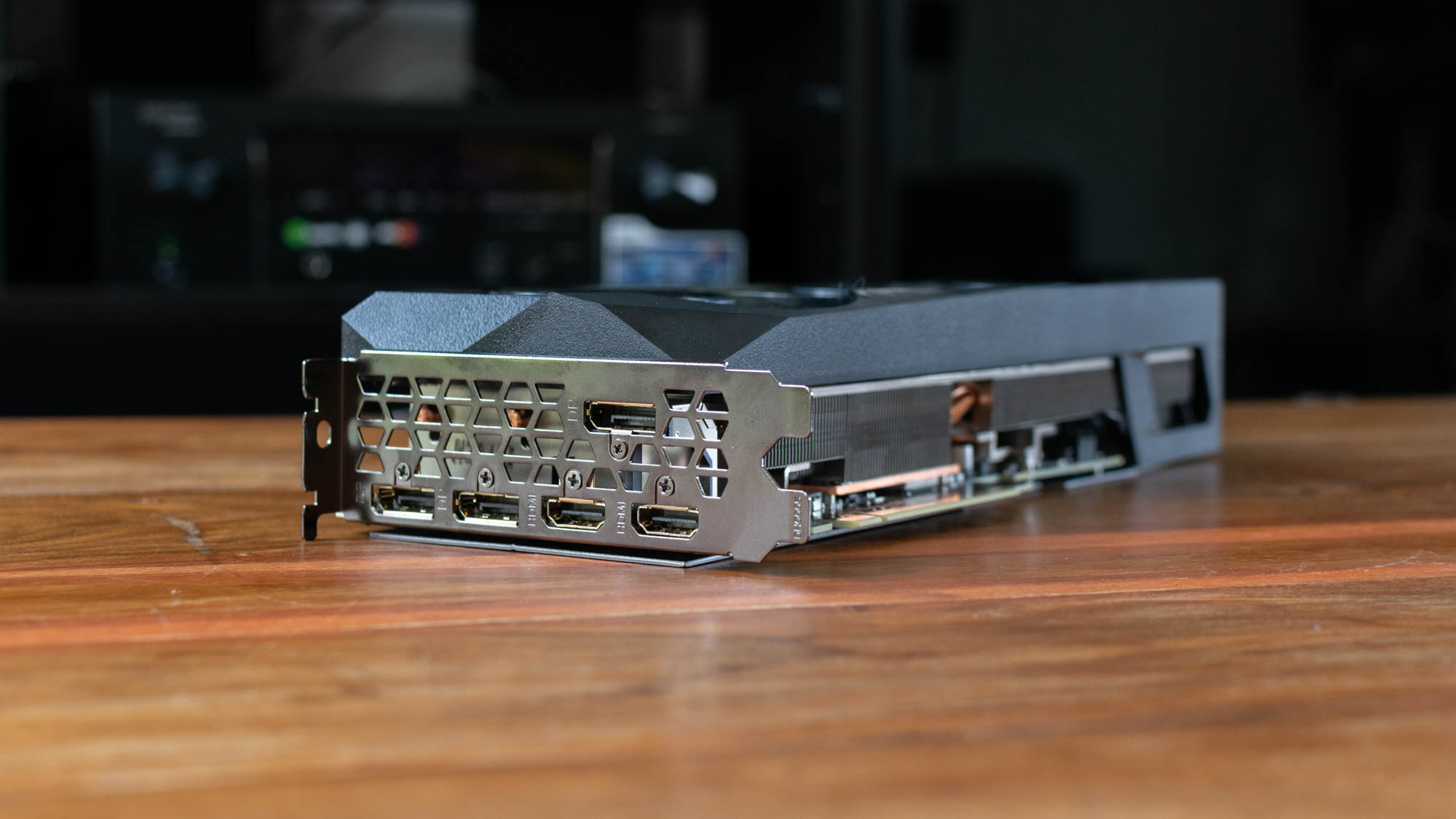
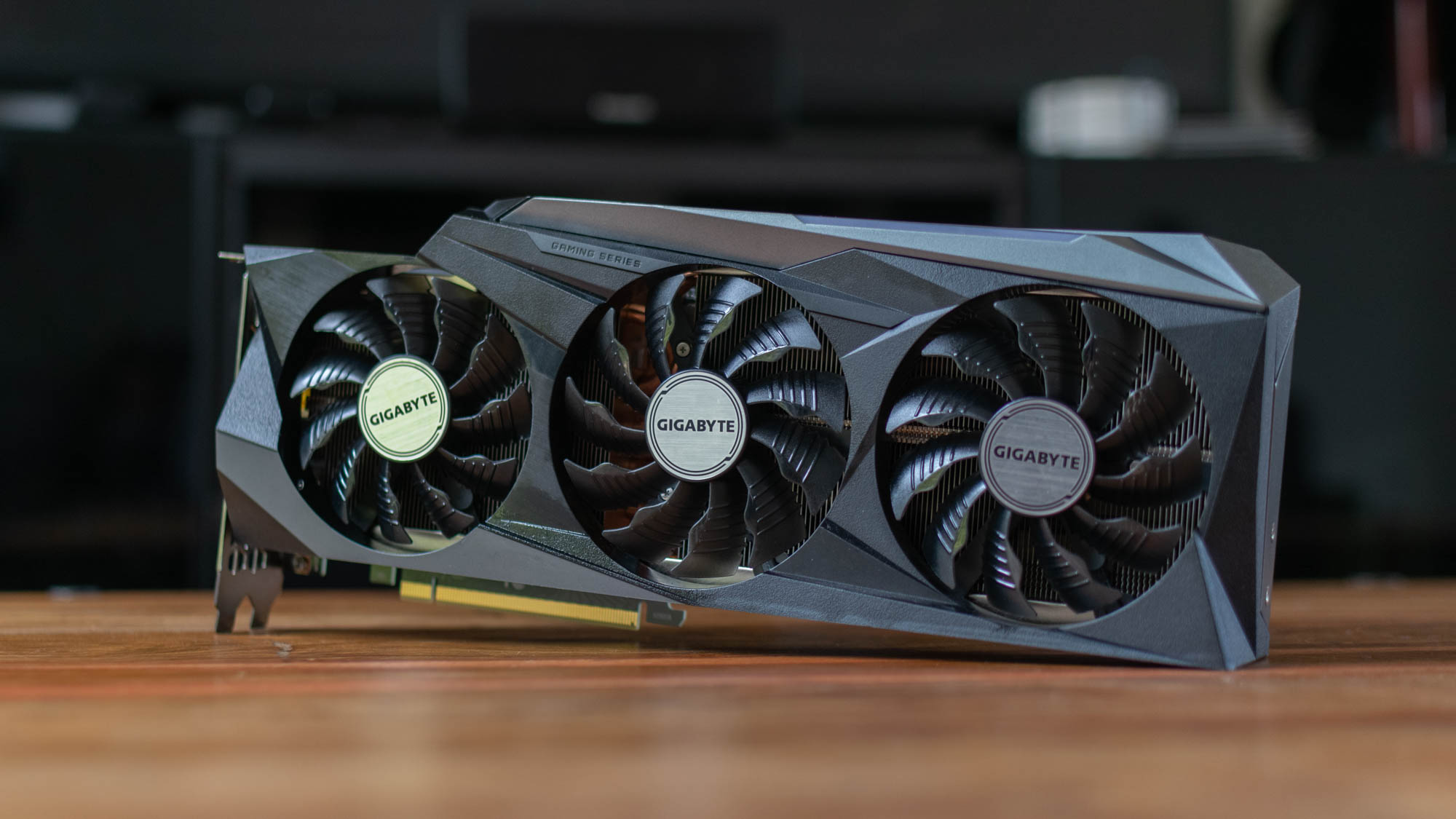
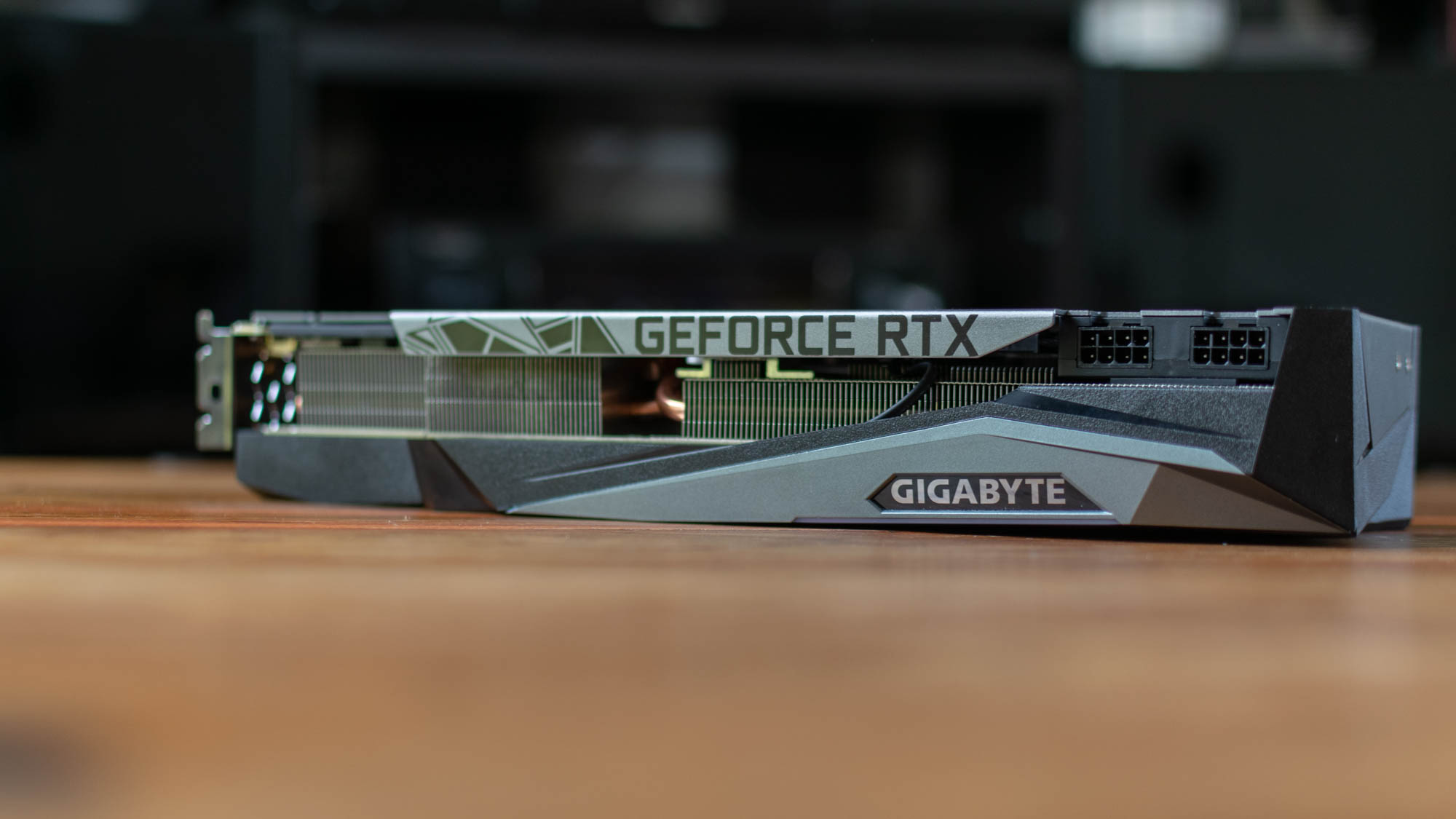
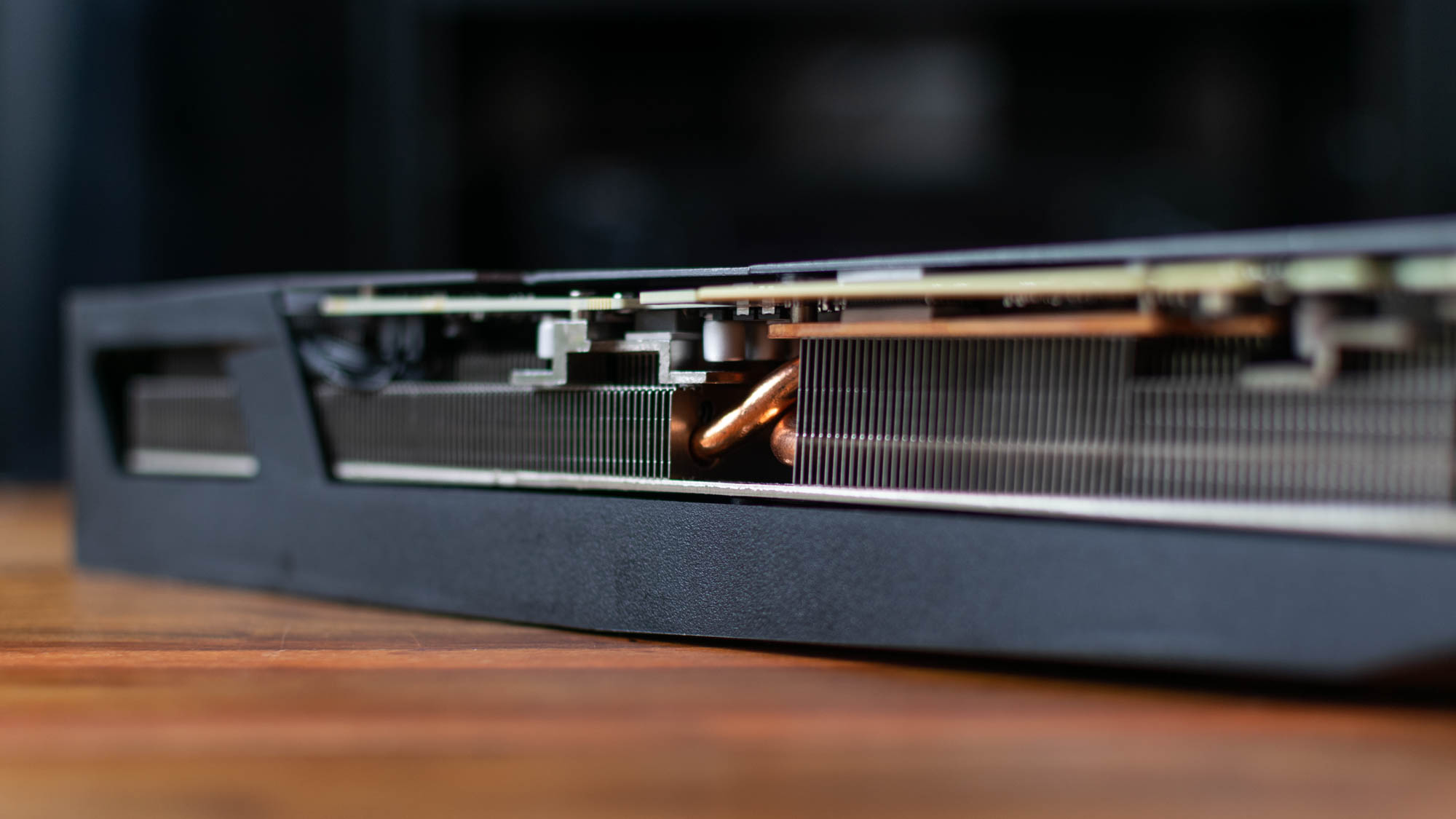
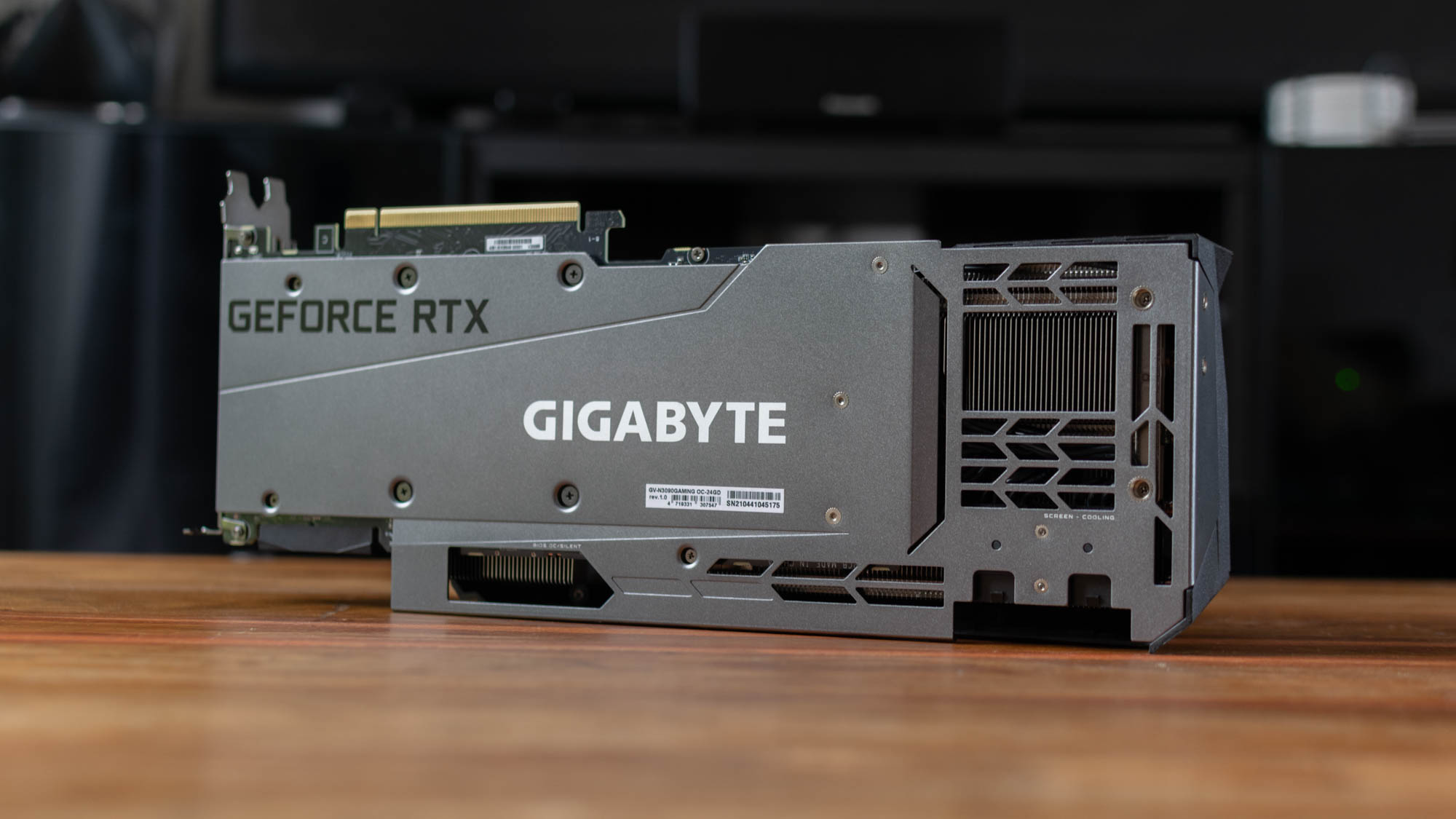
Nvidia’s latest series of RTX GPUs bills itself on performance, and the top-of-the-line RTX 3090 is the most powerful of the lot. This titanic graphics card is the most advanced consumer model yet produced by the company, and it boasts a truly mighty specification - along with a price tag to match.
This card is astonishingly expensive, even by the usual standard of computer hardware - you could buy a moderately capable workstation for the price of this GPU alone. Of course, when we talk about price, we’re referring to the RRP, but at time of writing, you’d have better luck finding the lost city of Atlantis than finding a 3090 selling for the recommended price. In fact, you’d be lucky to find one at all. For the purpose of this review, however, we’ll be using the RRP as a benchmark.
The specific card on review is Gigabyte’s GeForce RTX 3090 GAMING OC 24G - a partner card with all of the usual hallmarks of such, including a modest overclock, a snazzy design and some advanced cooling features. Performance should be largely the same across all variants, however.
Nvidia GeForce RTX 3090 review: Design
Partner cards often try and stand out from the crowd with flashy, eye-catching designs, but while Gigabyte has injected a little visual personality into this GPU’s appearance, the overall effect is comparatively sedate. There’s a few angular flourishes to the body, but garish colour schemes are mercifully absent, and the only RGB lighting is the company’s logo on the side. It also feels sturdier and more robust than any other GPU we’ve tested, thanks to a solid metal backplate protecting the circuitry.
All in all, it’s about as sober and professional-looking as you could reasonably expect a consumer graphics card to be, which is doubly impressive considering how much space there would be for fancy design gimmicks. Appropriately for the top of the RTX range, it’s a bit of a monster in terms of size, at 320mm long and 55mm thick. However, while that’s certainly sizeable, it’s actually slightly smaller than Zotac’s RTX 3080. Technically it takes up three PCIe slots, rather than the two and a half demanded by Zotac’s card, but there’s minimal difference in practicality.

For cooling, Gigabyte has used seven copper heat pipes, fin-stack aluminium heatsinks and a large copper plate for heat dissipation. That’s in addition to the fans. There are two 90mm fans at the front and rear of the card which spin anticlockwise, and one 80mm fan in the middle which spins in the opposite direction. This, according to Gigabyte, makes the fans more stable and increases air pressure for more efficient cooling.
Nvidia GeForce RTX 3090 review: Specs and performance
All that cooling is going to be necessary for this graphics card to live up to its promises in the power department. It’s got a staggering spec, with 10,496 CUDA cores, a jaw-dropping 24GB of GDDR6X memory and a base clock speed of 1,755MHz. Sadly, those promises turned out to be somewhat insubstantial when we ran it through our tests, conducted on our test machine (provided by Chillblast) with 32GB of RAM and an AMD Ryzen 5 5600X processor.
It racked up meaty enough scores in the Octanebench 2020 and Luxmark 3.1 GPU rendering tests - 673 and 18,913 respectively, compares to 565 and 16,093 for the 3080. It put in an extremely proficient performance in SPECviewPerf 2020’s more enterprise-focused tests as well.
Scores of 195.16 for 3dsmax-07, 391 for solidworks-05 and 529 for maya-06 are some of the highest we’ve ever seen, so media professionals and creatives will be extremely happy. Performance for the rest of the engineering, medical and scientific workloads were unimpressive compared to professional cards like Nvidia’s Quadro line, but that’s de rigeur for a consumer card, and only to be expected.
That’s a seriously powerful performance, and one befitting the RTX 3090’s place at the top of Nvidia’s lineup - so why did it leave us disappointed? As with many things, the answer comes down to cost. The 3090 costs more than twice as much as the 3080, and that’s just based on recommended prices, without taking current fluctuations into account. For that money, you’d expect the 3090 to be twice as good as the next model down, but that’s not the case.

Instead, the biggest difference between it and the 3080 was in the 3dsmax-07 test - where it managed a 25% lead - and in some tests, the performance advantage was less than 10%. Admittedly, this does make the 3090 the fastest of the RTX range by a clear margin, but that’s a poor argument for dropping so much money on a single component. Although it possesses overwhelming firepower, the price you’re paying for it is somewhat outsized.
Nvidia GeForce RTX 3090 review: Specs and features
You could, on the other hand, make the argument that it’s the features that differentiate this card from its stablemates. It’s the only RTX that supports multi-GPU configurations via SLI, for example, and it’s also sporting two HDMI 2.1 ports in addition to three DisplayPort 1.4a outputs, while the rest of the 3000-series only include one.
Otherwise, however, it’s pretty much the same as the rest of the line. It includes second-generation ray tracing cores and third-generation tensor cores, OpenGL 4.6 support, DLSS for AI-based framerate boosting, and support for four monitors and a 7,680 x 4,320 maximum resolution.
Nvidia GeForce RTX 3090 review: Verdict
If you want the very best, you’ll usually have to pay the price, and that’s certainly true with Nvidia’s top-tier consumer GPU. However, while the RTX 3090 is inarguably the most capable card in the company’s non-professional stable, we can’t recommend it outside of a handful of very specific niche use-cases.
If you’re after a workstation with the grunt to blaze through media, modelling and rendering workloads, then the 3080 is almost as powerful but costs half as much, while those seeking optimum performance for engineering and scientific workloads will find much more suitable speeds for those applications with a Quadro card.
The only practical way in which the RTX 3090 sets itself apart is its support for multi-GPU deployment via SLI. If you’re looking to bridge the gap between a standard workstation and a GPU compute server, then cramming two 3090s into the same box may fit the bill - but for virtually every other conceivable workload, one of its stablemates will likely make a better bet.
Gigabyte GeForce RTX 3090 GAMING OC 24G specifications
| Stream processors | 10,496 |
| Base clock | 1,395MHz |
| Boost clock | 1,755MHz |
| Memory | 24GB |
| Connectivity | PCIe 4.0 16x |
| Display outputs | 3x DisplayPort 1.4, 2x HDMI 2.1 |
| Max resolution | 7680 x 4320 @60Hz |
| TDP | 350W |
| Power connections | 2x 8-pin |
| Supported APIs | Microsoft DirectX 12 Ultimate, Vulkan RT API, OpenGL 4.6 |
Get the ITPro daily newsletter
Sign up today and you will receive a free copy of our Future Focus 2025 report - the leading guidance on AI, cybersecurity and other IT challenges as per 700+ senior executives
Adam Shepherd has been a technology journalist since 2015, covering everything from cloud storage and security, to smartphones and servers. Over the course of his career, he’s seen the spread of 5G, the growing ubiquity of wireless devices, and the start of the connected revolution. He’s also been to more trade shows and technology conferences than he cares to count.
Adam is an avid follower of the latest hardware innovations, and he is never happier than when tinkering with complex network configurations, or exploring a new Linux distro. He was also previously a co-host on the ITPro Podcast, where he was often found ranting about his love of strange gadgets, his disdain for Windows Mobile, and everything in between.
You can find Adam tweeting about enterprise technology (or more often bad jokes) @AdamShepherUK.
-
 ‘Phishing kits are a force multiplier': Cheap cyber crime kits can be bought on the dark web for less than $25 – and experts warn it’s lowering the barrier of entry for amateur hackers
‘Phishing kits are a force multiplier': Cheap cyber crime kits can be bought on the dark web for less than $25 – and experts warn it’s lowering the barrier of entry for amateur hackersNews Research from NordVPN shows phishing kits are now widely available on the dark web and via messaging apps like Telegram, and are often selling for less than $25.
By Emma Woollacott Published
-
 Redis unveils new tools for developers working on AI applications
Redis unveils new tools for developers working on AI applicationsNews Redis has announced new tools aimed at making it easier for AI developers to build applications and optimize large language model (LLM) outputs.
By Ross Kelly Published
-
 Google layoffs continue with "hundreds" cut from Chrome, Android, and Pixel teams
Google layoffs continue with "hundreds" cut from Chrome, Android, and Pixel teamsNews The tech giant's efficiency drive enters a third year with devices teams the latest target
By Bobby Hellard Published